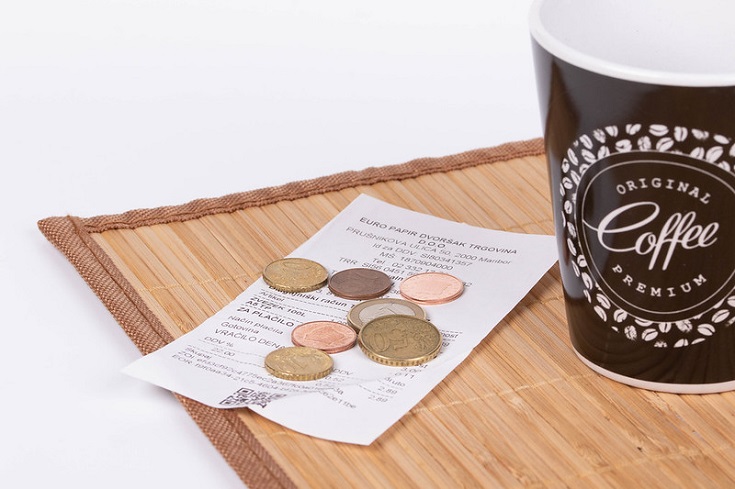
You wake up the morning after a big storm blows through. To your horror, when you flip the light switch, nothing happens. It is not the lack of lights that’s the issue; it’s that the outage also means you have no juice for your coffee maker. How are you going to make it through the day?
Don’t despair. Whether you’re camping in the great outdoors or standing in a dark kitchen, you have got options. Keep reading to learn about the best electricity-free coffee brewing methods, from percolators to cold brewers.

Top 8 Ways to Make Coffee Without Electricity:
1. But First, Fire
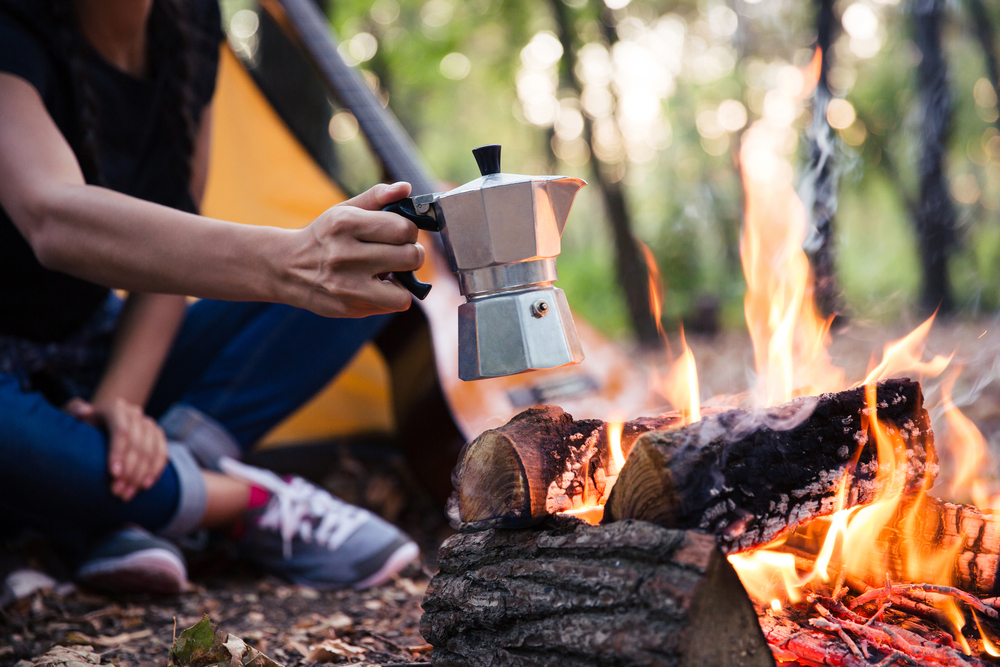
To brew coffee, you will need to heat water right to the point of boiling. That means fire. If you have a gas stove, you are in business. Just ignite one of the burners. If you don’t have a gas stove, look through your camping equipment for a portable stove. Keep in mind that if you do this, you should only use it outside. Not only is it a fire hazard, but it produces noxious fumes. If you don’t have a portable stove, you’ll need to build a fire outside and heat water that way.
2. Percolator

We’ve all seen the old cowboy movies where they’re sitting around a fire, sipping coffee brewed in a big, blue percolator. The action is pretty simple. As the water boils, it is forced up a thin central tube to the top, where it’s spritzed over the grounds. It’s unsophisticated and produces results that lots of people don’t like. But if the power goes out and this is what you’ve got, it’ll produce a decent cup of coffee.
3. Instant Coffee
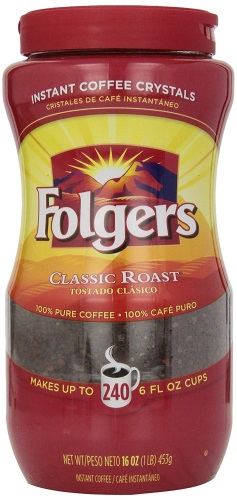
If you can heat water, you can make instant coffee. Instant coffee is made up of dehydrated granules that dissolve in hot water, and you can buy it caffeinated or decaffeinated. Another option is coffee sold in dunking bags. These look like standard tea bags, except they are usually bigger and intended for a single cup of coffee. You can also make your own using coffee filters and string.
4. French Press
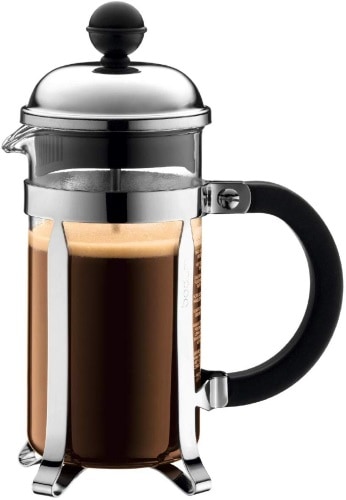
If you bought a French press to try out someday but never got around to it because it takes a little more work than loading up a drip maker, this is your chance. The basic action of a French press is that you toss the grounds into the glass decanter and add hot water. Stir it up and let it sit a few minutes. Then, press down on a plunger, which will force the coffee through a filter. The liquid coffee stays on top, where you can pour it into a cup. The grounds stay put in the decanter.
5. AeroPress
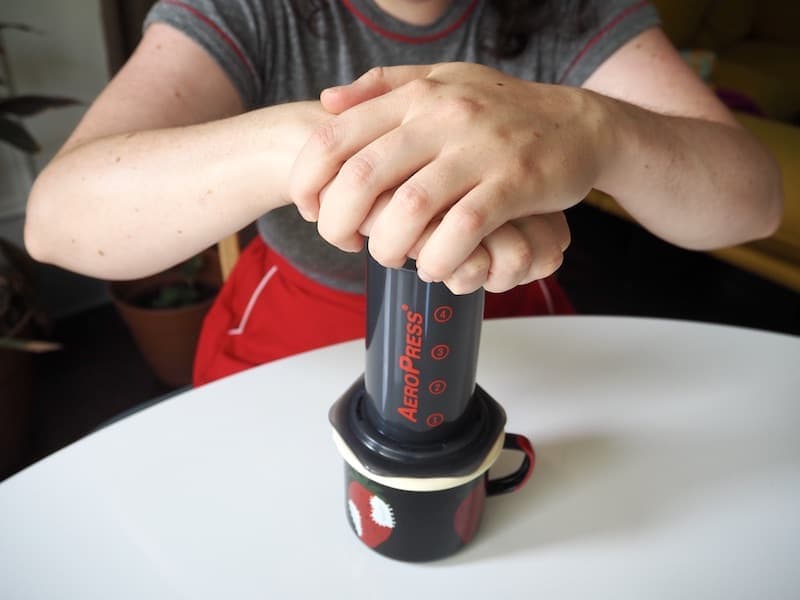
Another electricity-free brewing method is the ever-popular AeroPress. It’s similar in function but uses finely ground coffee to make espresso. It’s made of light, sturdy plastic, so it’s easy to take camping or experiment with if the power goes out.
RELATED READ: AeroPress Review: Pros, Cons, & Verdict
6. Pour-Over

An option that is popular in fancier coffee shops is the pour-over coffee maker. Some of these are pretty involved, with special filters and fancy-looking decanters. Others are basic plastic devices that hold filters and grounds over your coffee mug. To use a pour-over, pour hot water over the grounds, starting slowly. This will give the grounds time to bloom, producing aromatic, fully extracted coffee.
7. Cowboy Coffee
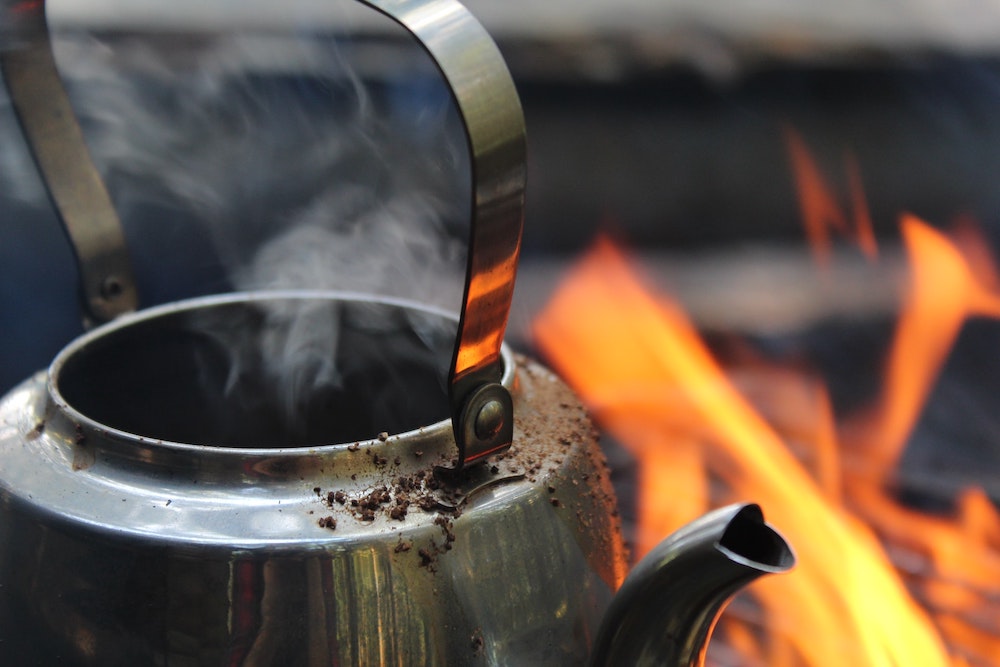
If you don’t have any of the brewers we’ve just gone over, don’t worry: you can still make coffee. Just add grounds to very hot water and let the mixture sit for a few minutes. This is called cowboy coffee. It’ll leave a lot of grounds in the coffee and doesn’t have a subtle flavor, but it will give you a caffeine jolt.
8. Cold Brew
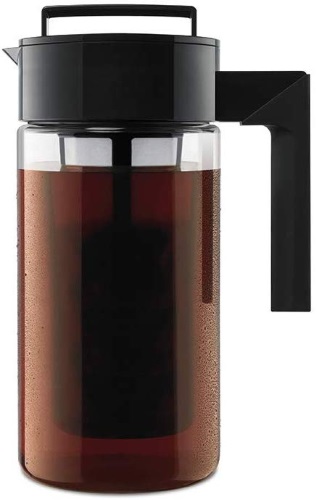
If the power is going to be out for a long time, you can make cold brew. The process is simple. Toss coarsely-ground coffee in cold water, and over 12 to 24 hours, the water will extract flavor from the grounds. One advantage of this is that the coffee is smooth and without a hint of bitterness. We’d suggest looking for a way to filter the grounds, however.

Conclusion
Whether you’re camping or your power has gone out, you don’t have to skip your morning cup of Joe. If you can make a fire, you can make coffee. Try a percolator, French press, or pour-over. Whip up an instant coffee or brew a basic pot of cowboy coffee. And if you’re willing to wait a while for your coffee, try making sweet, mellow cold brew. Whichever method you choose, we hope you enjoy your coffee!
Featured Image: Jarno Holappa, Shutterstock






